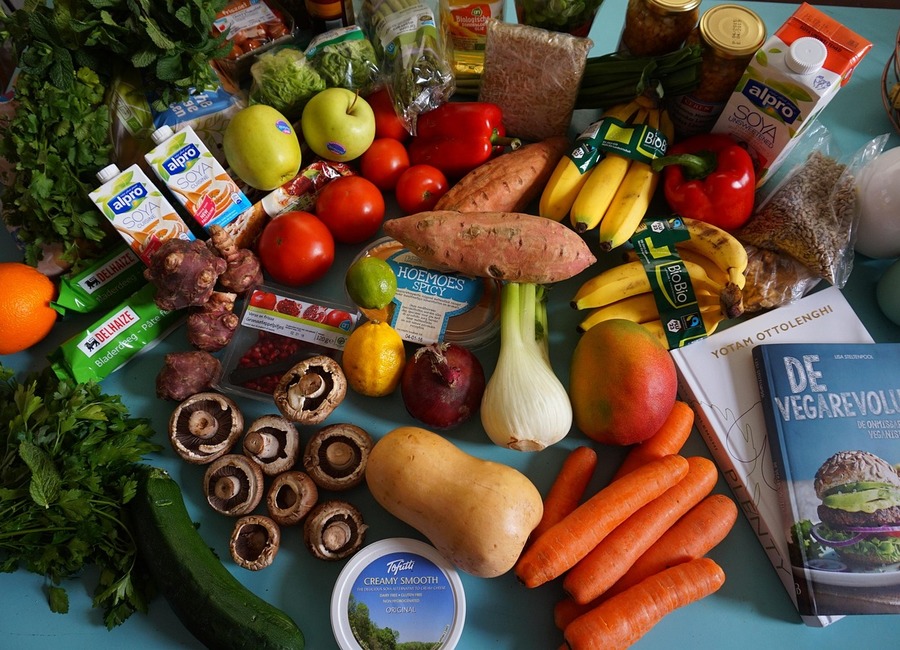The brighter the diet, the more antioxidants it contains, which stop cell aging. The more varied the color palette of fruits and vegetables on the menu, the better. The secret to fresh skin, healthy bones and good memory is kept in the refrigerator. The more colorful vegetables and fruits there are, the more benefits the body will receive. “Each color—green, yellow, red, purple, even white—represents a specific class of nutrient,” says Ronald Pryor, a research chemist who was one of the first scientists to measure the antioxidant content of food. All colors are very necessary for the body to work well.
– Orange and yellow (carrots, pumpkin, melon, apricots) supply carotenoids that strengthen the immune system and reduce the risk of cancer.
– Greens (spinach, broccoli, dill) contain lutein, which is necessary for vision, and antioxidants that prevent the development of cataracts. In addition to being an invaluable source of vitamins and minerals, green vegetables are also rich in fiber.
– Blue and purple (blueberries, plums, blue grapes, currants, beets) are rich in anthocyanins – phytochemicals that neutralize carcinogenic factors and strengthen blood vessels.
– Red (tomatoes, watermelon, pomegranate) is a source of lycopene, which protects the heart. In addition, it helps the body fight cardiovascular diseases and some types of cancer.
But the absolute champion is white. Cabbage, garlic, onions, cheese provide the body with the necessary fuel. Garlic and onions contain allicin, a substance that lowers blood pressure and cholesterol.






